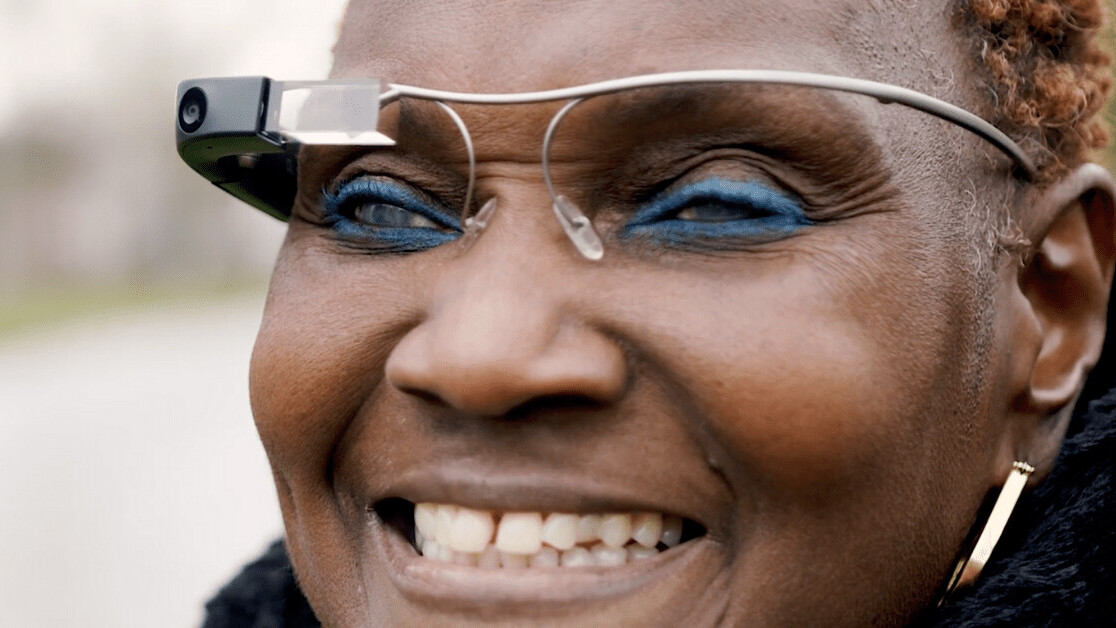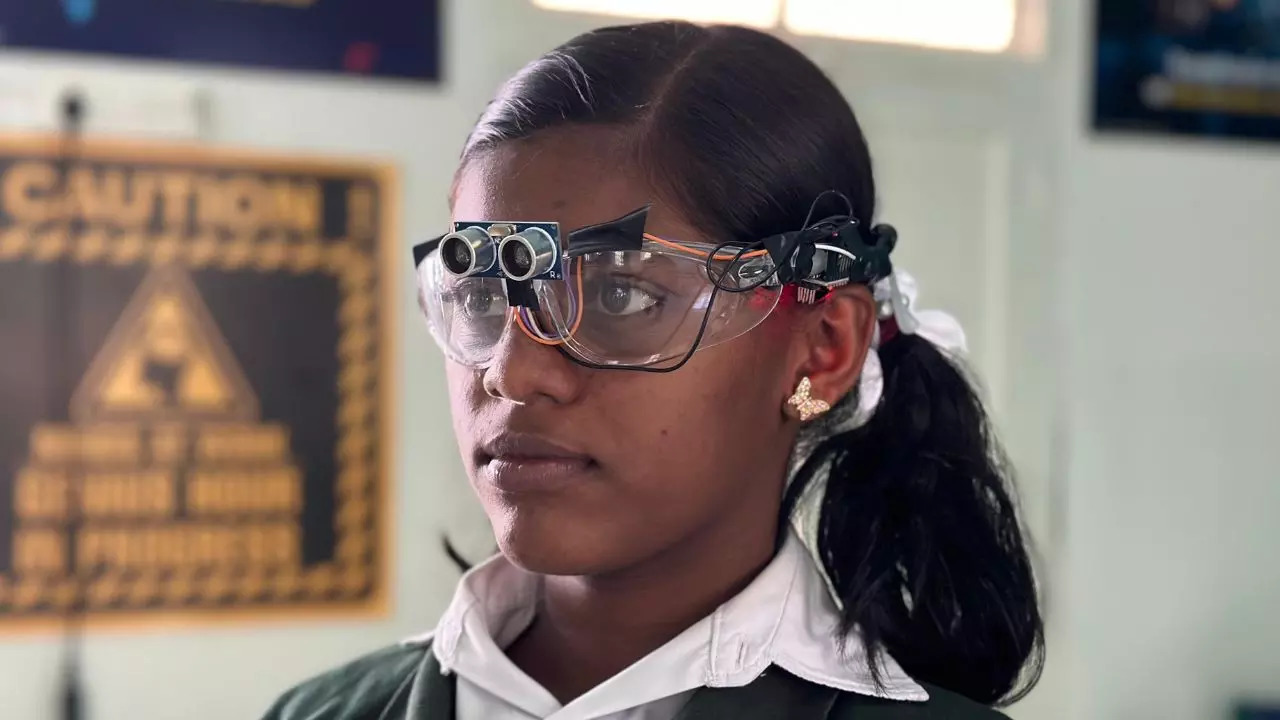Mobility Aids for Visually Impaired Users: Enhancing Independence and Navigation
Enhancing Availability With Assistive Modern Technology for the Blind
The combination of assistive modern technology for the blind represents a critical advancement in ease of access, fundamentally altering how people navigate their settings and engage with society. As we explore the diverse kinds of assistive gadgets and their tangible effects on daily living, it becomes important to take a look at how recurring technical improvements are reshaping the landscape of support for the blind neighborhood.
Review of Assistive Modern Technology
Assistive technology describes a variety of tools and software program developed to boost the capacities of people with impairments, consisting of those that are blind or visually impaired. This innovation plays a crucial function in promoting self-reliance and improving the lifestyle for users. By giving alternate techniques for accessing information and carrying out everyday tasks, assistive modern technology empowers people to navigate their settings a lot more efficiently.
The development and application of assistive technology embrace a range of principles intended at cultivating availability. These concepts consist of user-centered style, which focuses on the requirements and choices of the person, and the combination of technology right into daily tasks. Such innovations guarantee that assistive devices are not only functional yet very easy and likewise intuitive to utilize.
Additionally, assistive modern technology encompasses a diverse range of services, from low-tech alternatives like magnifiers to state-of-the-art developments such as screen viewers and Braille display screens. The recurring advancement of this area is driven by the requirement to deal with the one-of-a-kind difficulties dealt with by people with visual impairments (Wearable technology for low vision). As innovation proceeds to development, the potential for improving ease of access and promoting inclusivity continues to be promising, inevitably adding to an extra fair society

Kinds of Assistive Gadgets
Numerous kinds of assistive devices are readily available to support individuals that are blind or visually damaged, each developed to address certain needs and obstacles. These devices can be generally classified into 3 main kinds: low-tech, mid-tech, and modern services.
Low-tech devices include items such as magnifiers, Braille tags, and responsive maps. These are reasonably easy devices that boost the individual's ability to connect with their atmosphere without needing complicated innovation.
Mid-tech devices usually include extra advanced functions, such as digital magnifiers and portable Braille note-takers. These devices can provide functionalities like speech output, enabling individuals to accessibility details more effectively.

Effect on Daily Living
The availability of numerous assistive gadgets significantly enhances the quality of life for people that are visually damaged or blind, affecting their daily living in profound ways. By this hyperlink integrating innovations such as display viewers, Braille displays, and audio summary services into their routines, users acquire better freedom and independence. These tools promote accessibility to details, making it possible for individuals to execute day-to-day tasks, such as checking out e-mails, browsing public areas, and delighting in media web content.
Furthermore, assistive devices encourage individuals to engage more fully in social communications and community tasks. The capability to use mobile phones outfitted with availability features permits seamless interaction and connection with others. This connectivity cultivates a sense of belonging and reduces sensations of seclusion.
In specialist settings, assistive technology sustains efficiency by enabling individuals to complete job jobs effectively. Tools like voice acknowledgment software program and specialized magnifying tools make it possible for individuals to take part in the labor force on equal ground with their sighted peers.

Innovations in Technology
Current technological improvements have actually significantly changed the landscape of devices offered for people who are blind or aesthetically impaired. The integration of expert system (AI) and artificial intelligence has triggered applications that boost navigation and things acknowledgment. As an example, smartphone apps can now utilize AI to identify and describe surroundings in real-time, giving customers with important contextual details.
Furthermore, developments in haptic innovation have actually led to the development of clever walking sticks equipped with sensors that discover obstacles and give tactile feedback. This empowers customers to navigate their environment with raised self-confidence and freedom. Furthermore, innovations in text-to-speech software program and braille screens have enhanced the access of electronic content, permitting for smooth interaction with various media.
Wearable technologies, such as clever Website glasses, are additionally making strides in helping aesthetic problems. As technology continues to advance, the possibility for even more transformative tools remains on the horizon.
Future Trends and Innovations
As modern technology quickly advances, the future of assistive devices for people that are blind holds immense guarantee. Developments in fabricated knowledge (AI) and device learning are poised to transform the method blind customers connect with their environments. As an example, AI-driven applications are being established to enhance things acknowledgment, enabling users to identify and browse their environments with better ease and precision.
In pop over to this web-site addition, improvements in haptic comments innovation are enabling the creation of tactile maps and navigating aids that supply real-time information with touch. These technologies not only enhance movement but additionally foster self-reliance. Additionally, wearable devices equipped with enhanced fact (AR) attributes are emerging, supplying individuals aesthetic info through sound descriptions, thereby bridging the void in between the physical and electronic worlds.
Additionally, the integration of smart home innovation provides new chances for ease of access, allowing individuals to manage their living settings with voice commands or smart device applications. As partnership between technology designers and the blind neighborhood proceeds, the focus on user-centered layout will certainly ensure that future innovations are customized to fulfill the special needs of this populace (Wearable technology for low vision). The trajectory of assistive technology promises a more empowering and inclusive future for individuals who are blind
Conclusion
In final thought, assistive technology plays an essential duty in enhancing accessibility for individuals with aesthetic disabilities. Continuous developments in modern technology and user-centered layout guarantee that these tools provide efficiently to the one-of-a-kind demands of the blind neighborhood.
The integration of assistive innovation for the blind stands for a pivotal innovation in access, fundamentally modifying just how individuals browse their settings and involve with culture.Assistive innovation refers to an array of tools and software program made to enhance the capacities of individuals with handicaps, consisting of those that are blind or visually damaged. Wearable technology for low vision.As innovation swiftly proceeds, the future of assistive devices for people that are blind holds enormous assurance. The trajectory of assistive technology assures an extra empowering and comprehensive future for individuals who are blind
In verdict, assistive technology plays a vital role in improving accessibility for people with aesthetic disabilities.